In the dappled light of woodlands across Europe and parts of Asia, a striking and majestic bird graces the treetops—the Hawfinch (Coccothraustes coccothraustes). Known for its robust build, powerful beak, and unique beauty, this elusive passerine has captured the admiration of birdwatchers and nature enthusiasts. Let us delve into the fascinating world of the Hawfinch and explore the remarkable qualities that make it a true gem of the avian kingdom.
Hawfinch images
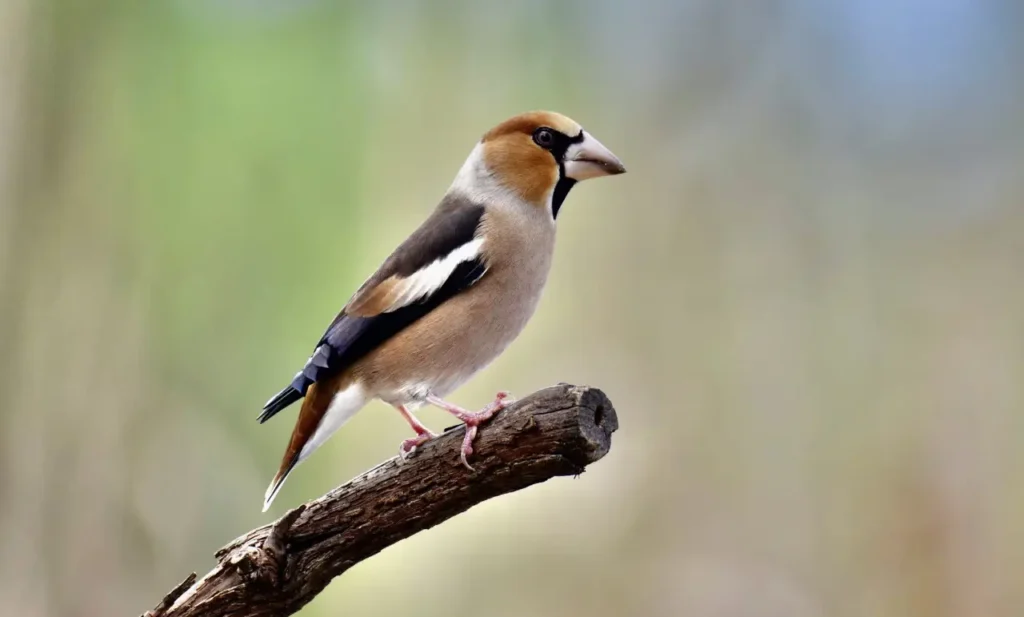
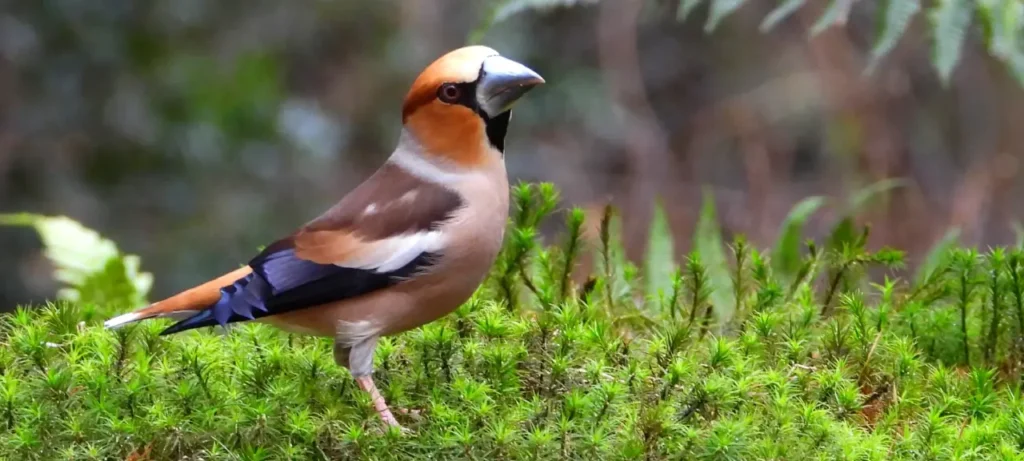
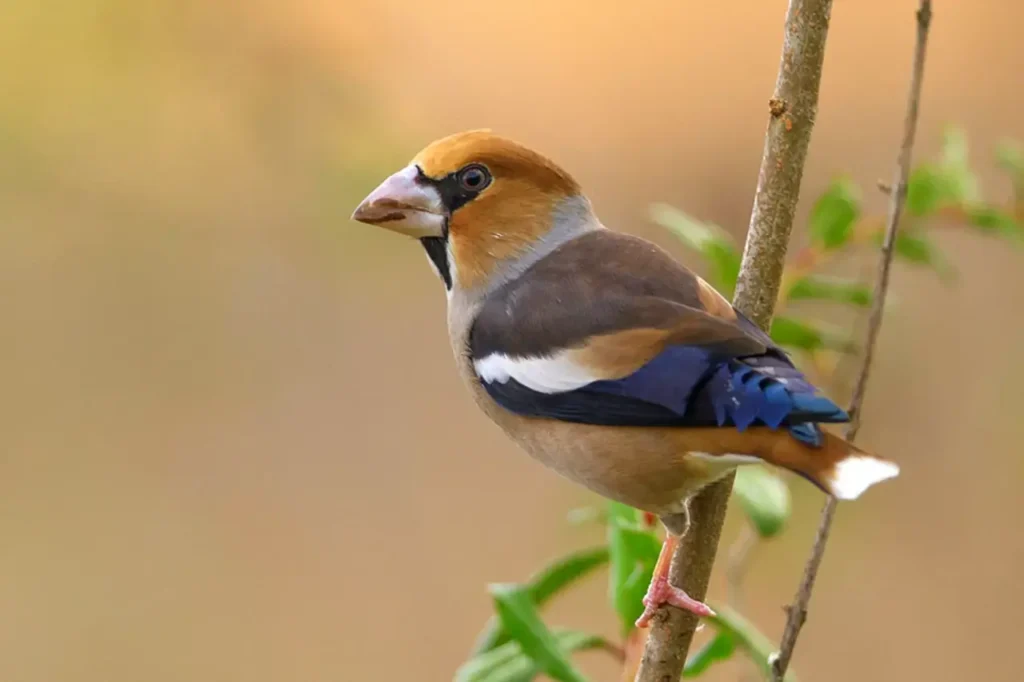
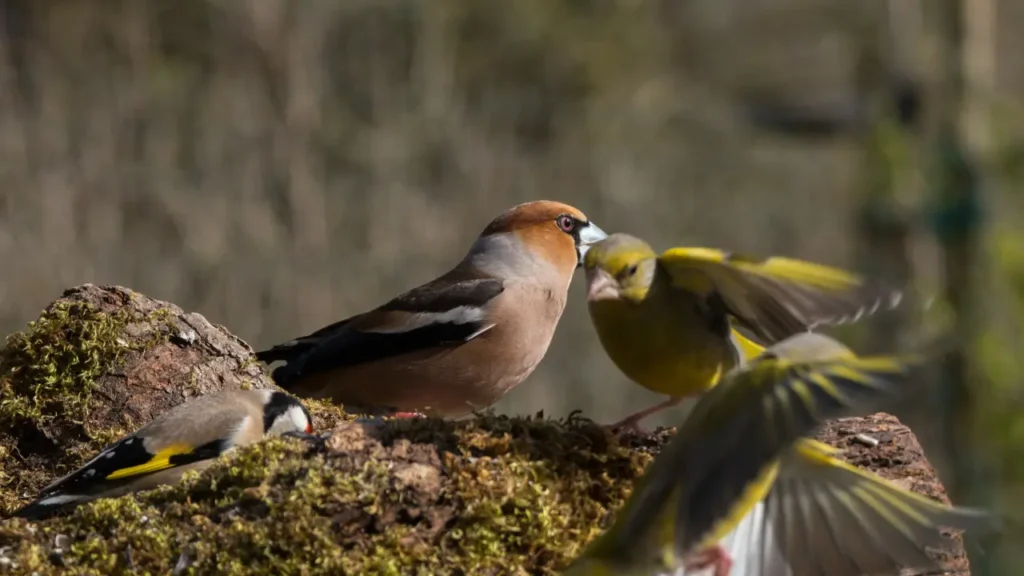

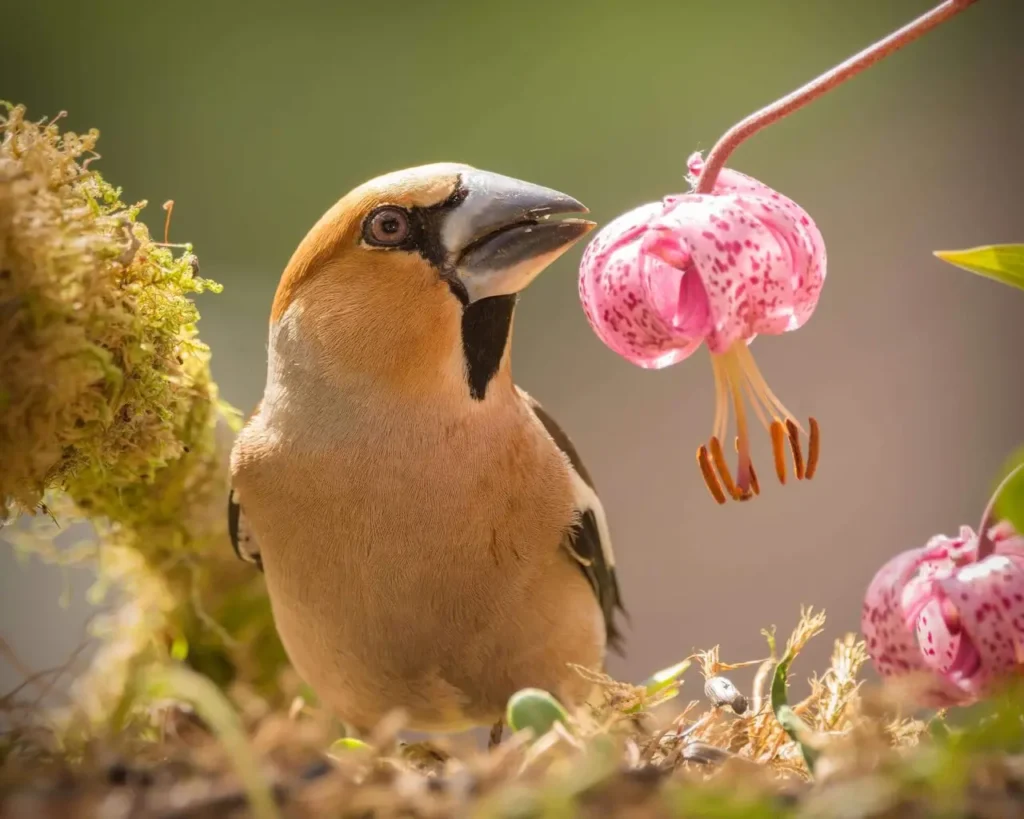
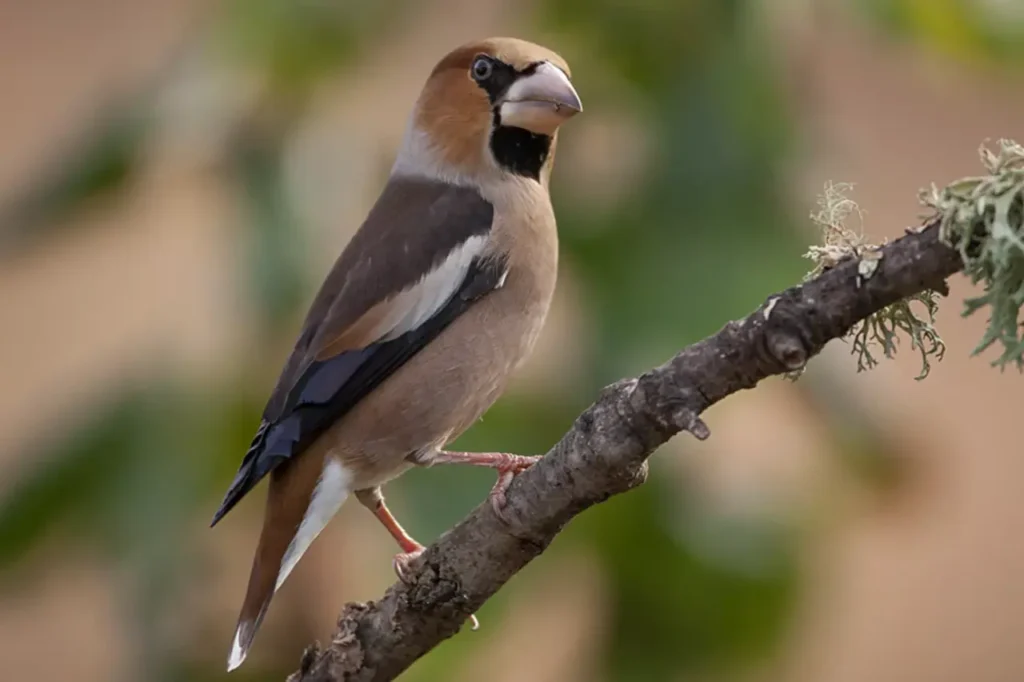
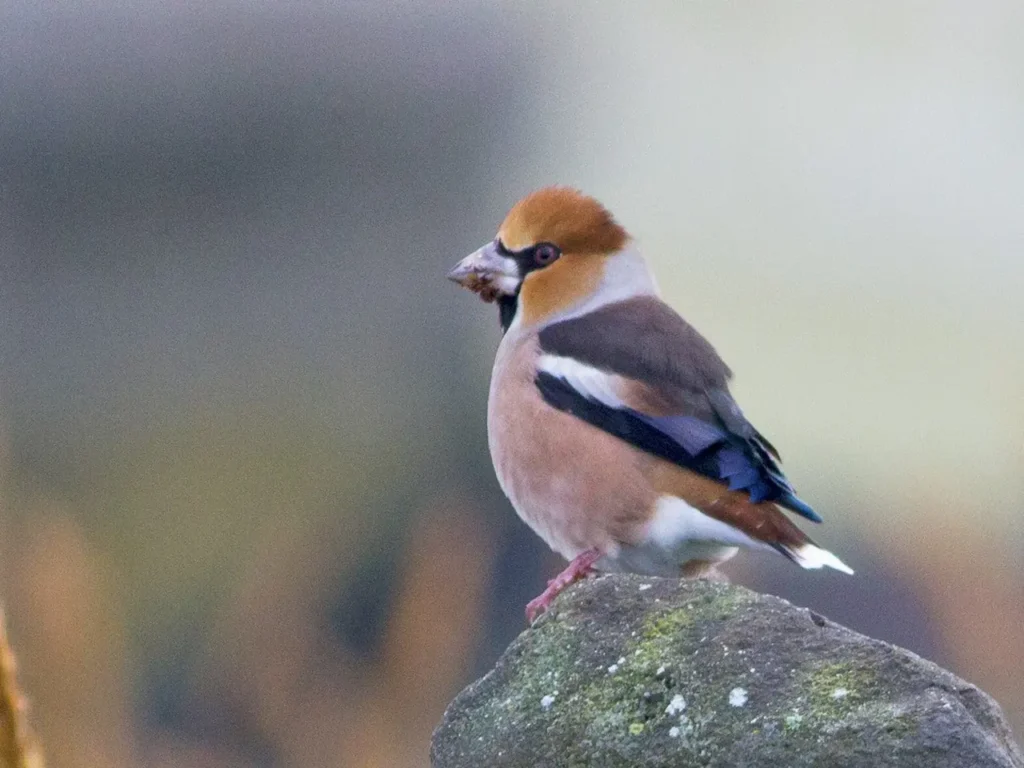
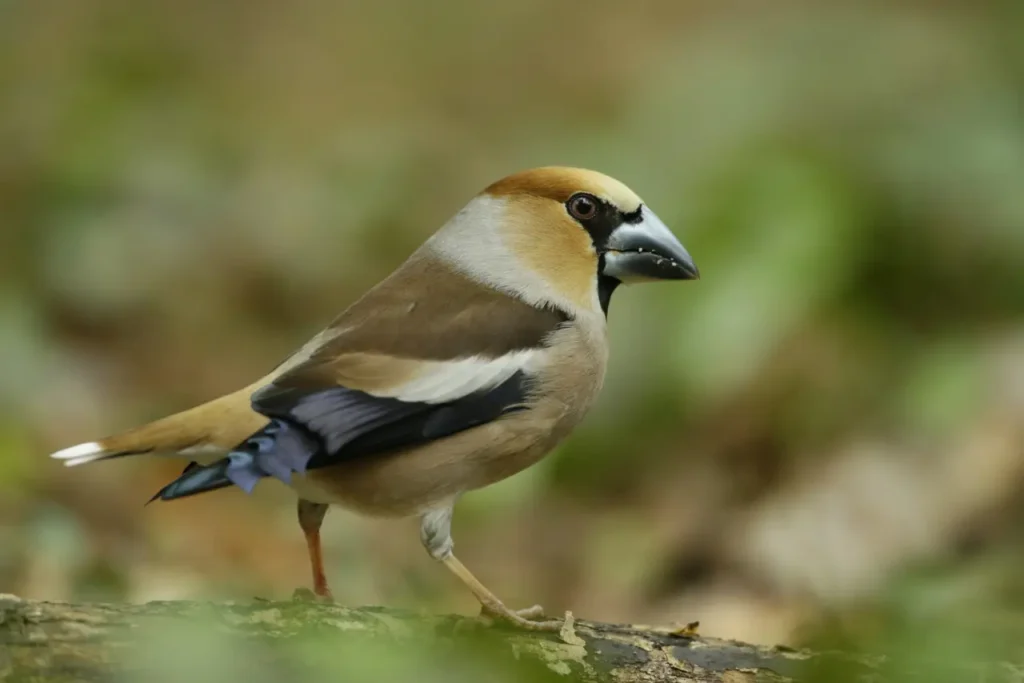
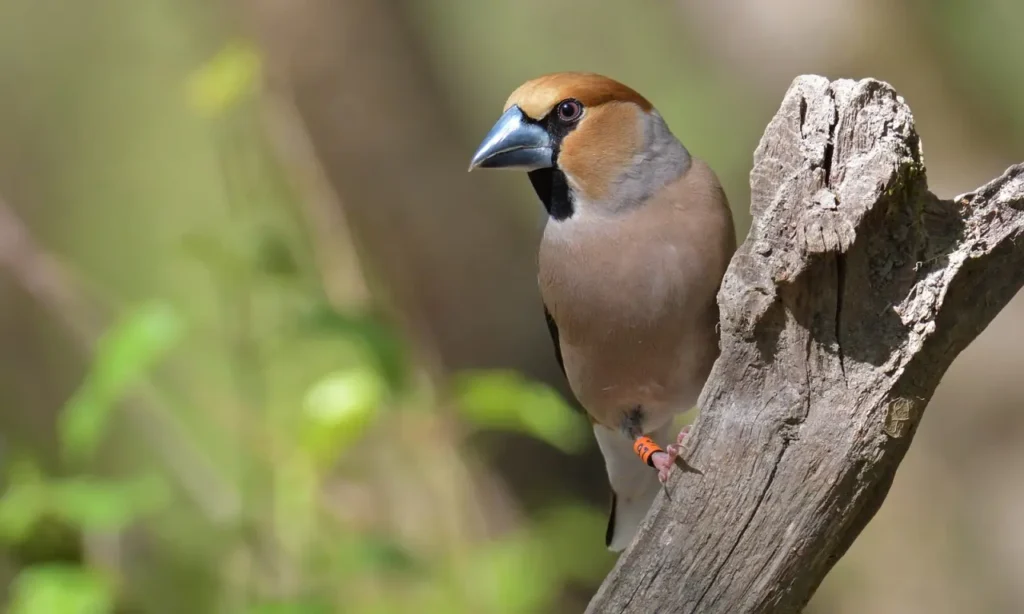
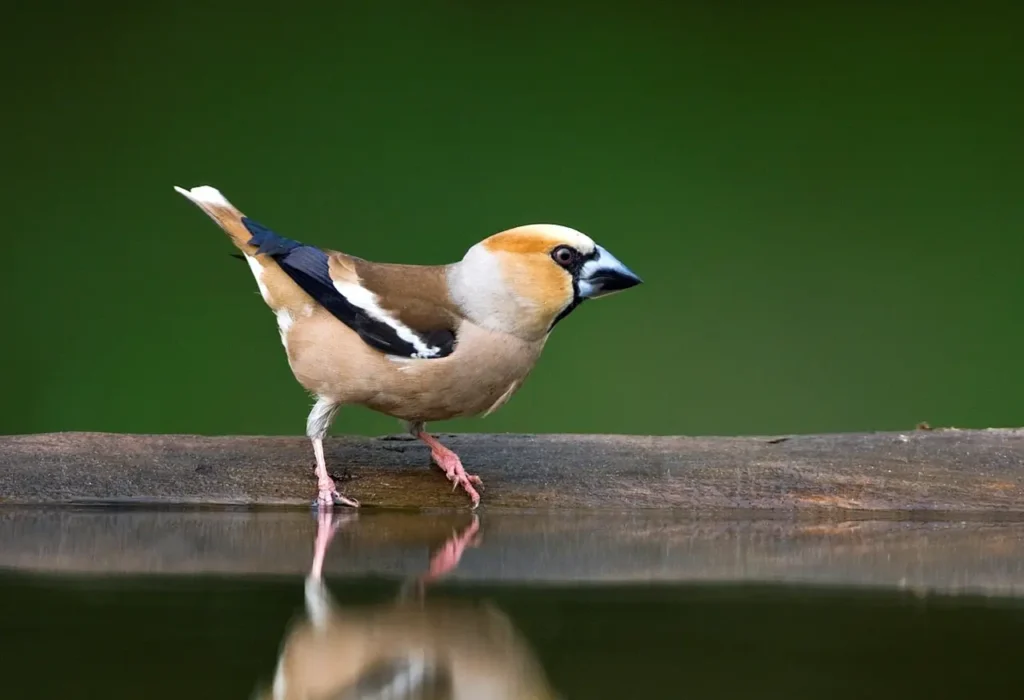
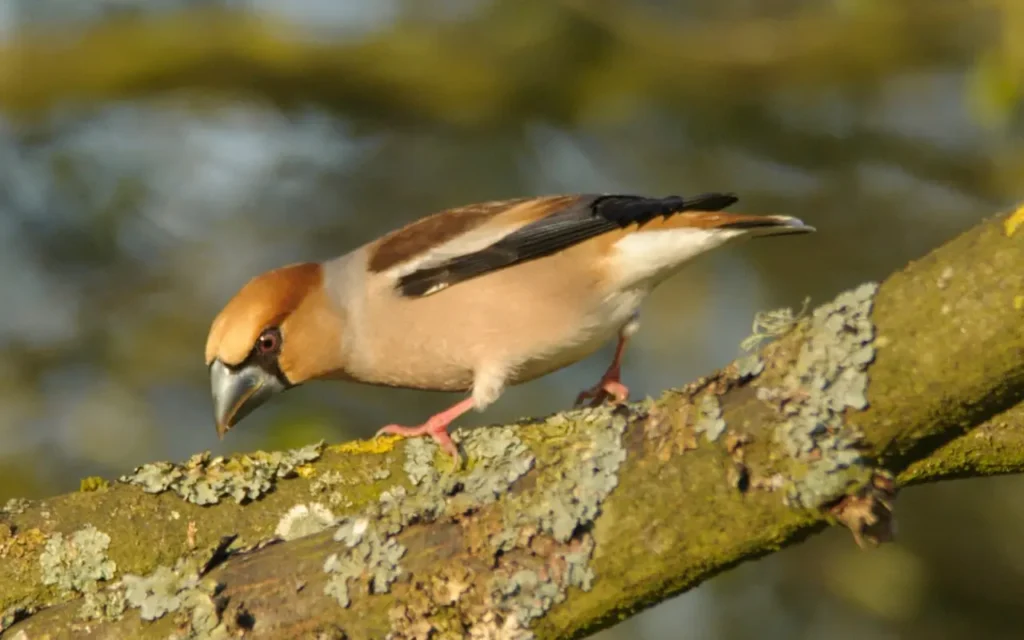
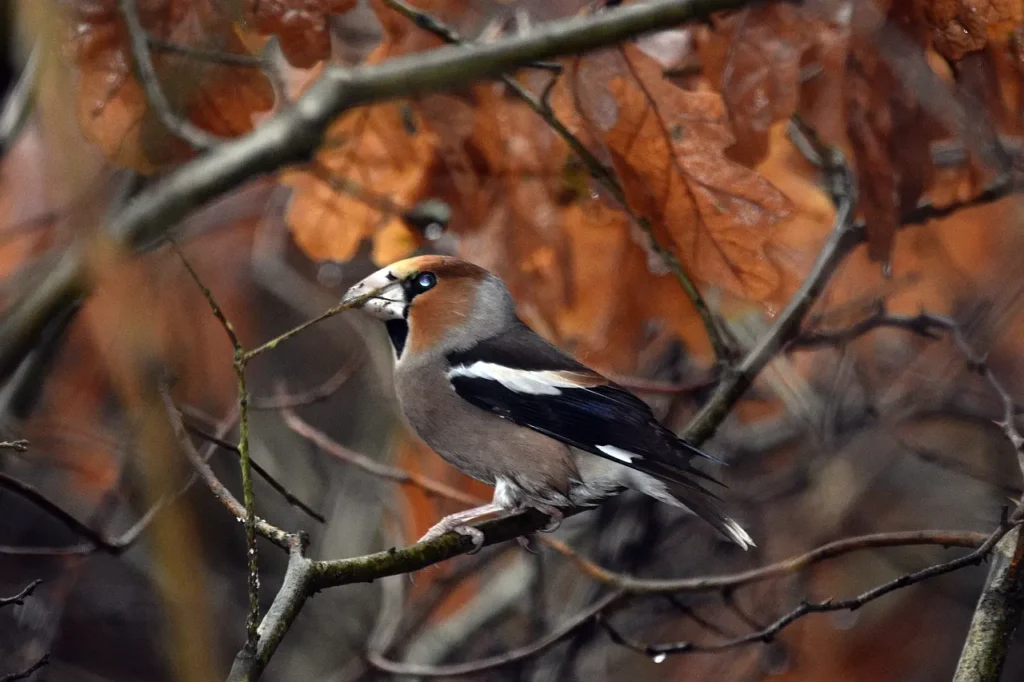

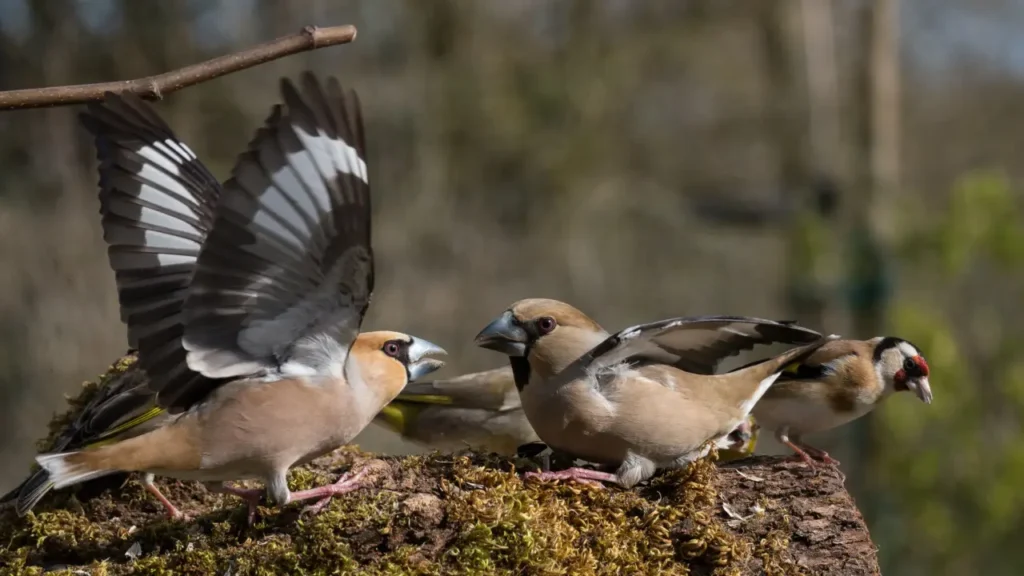


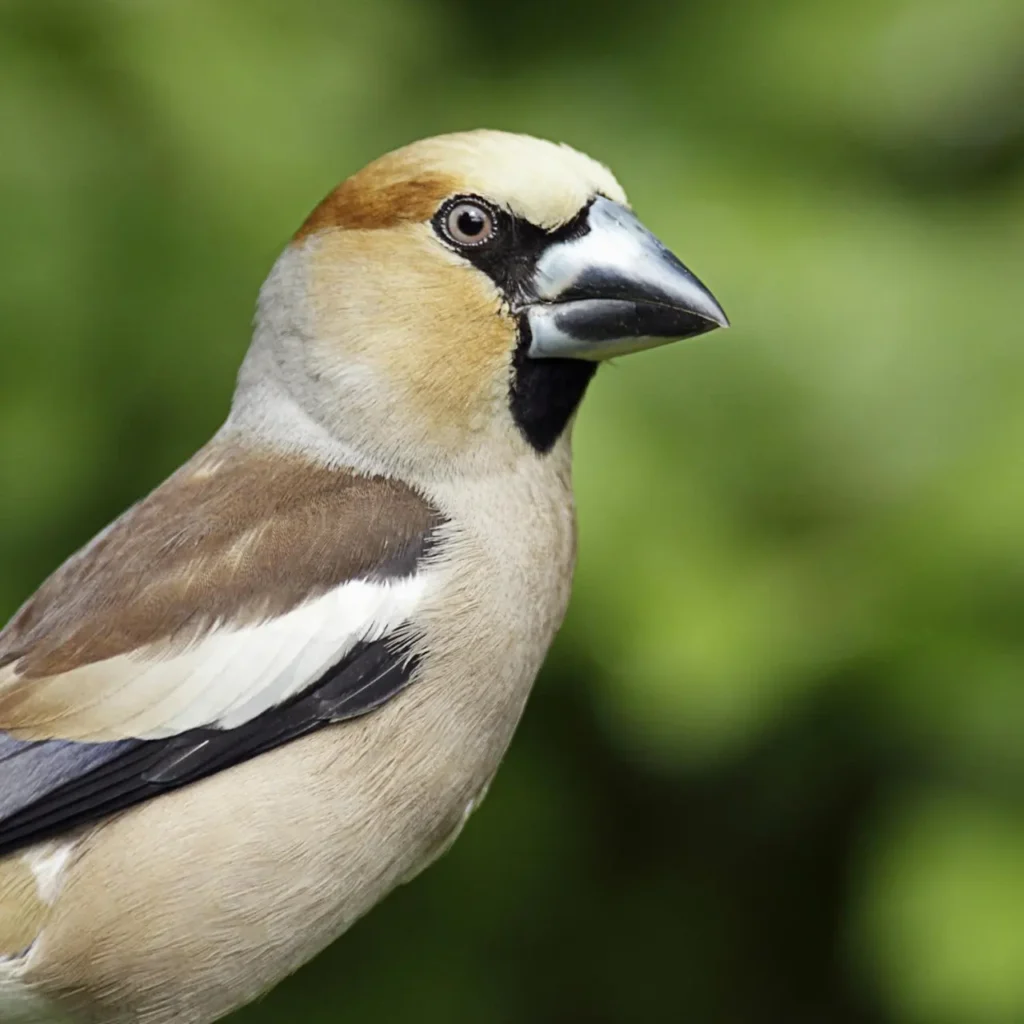

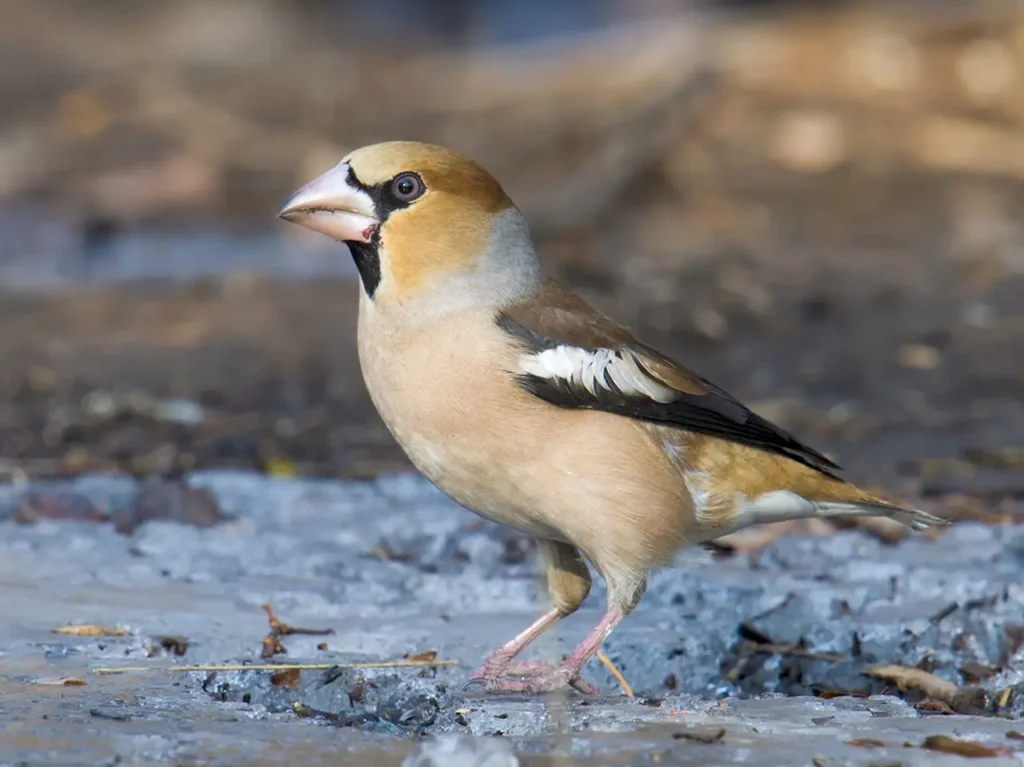
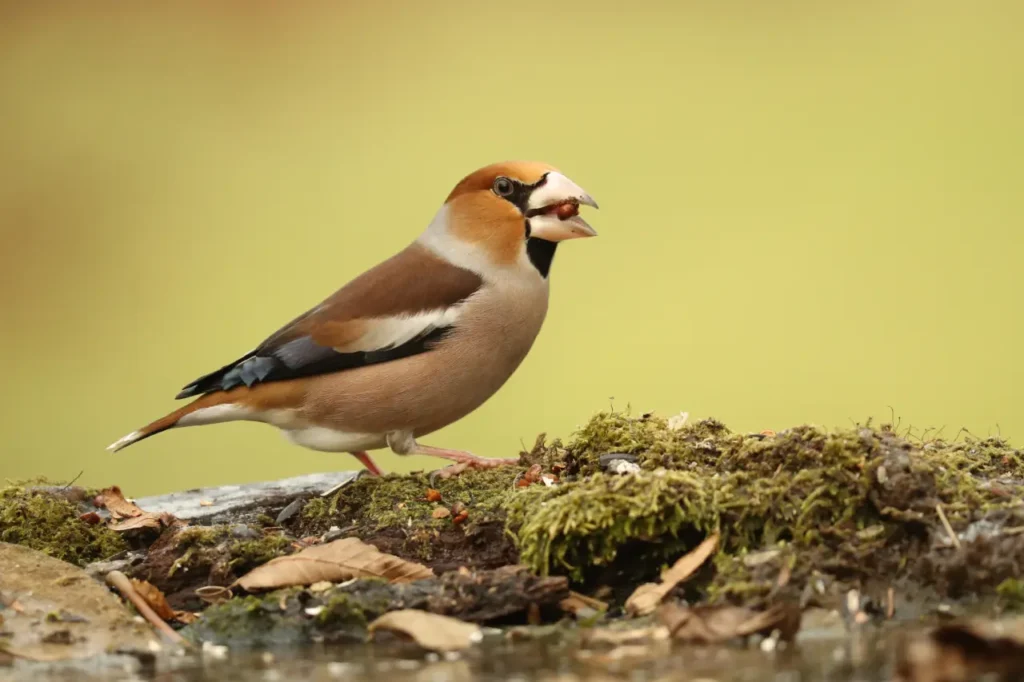
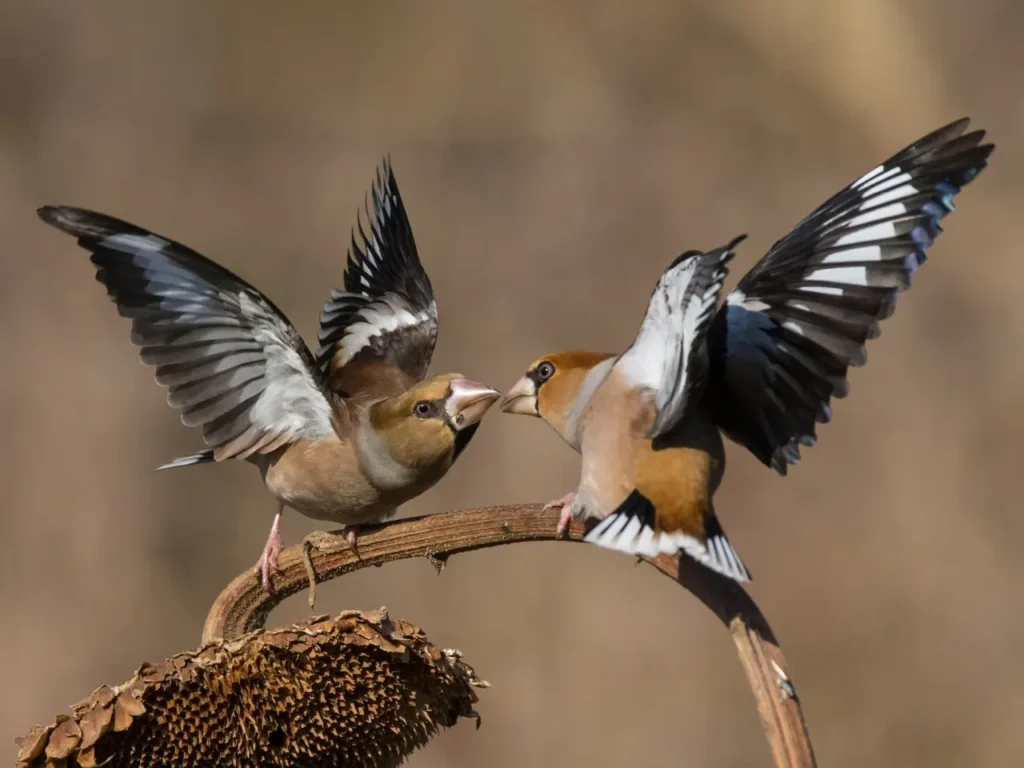
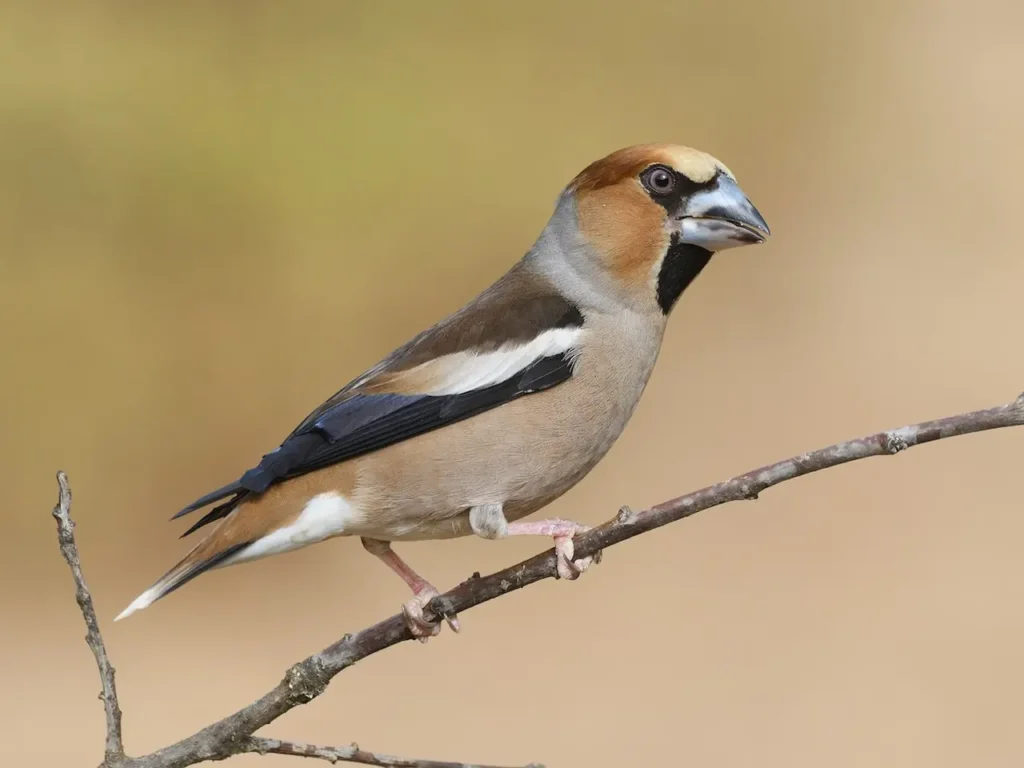
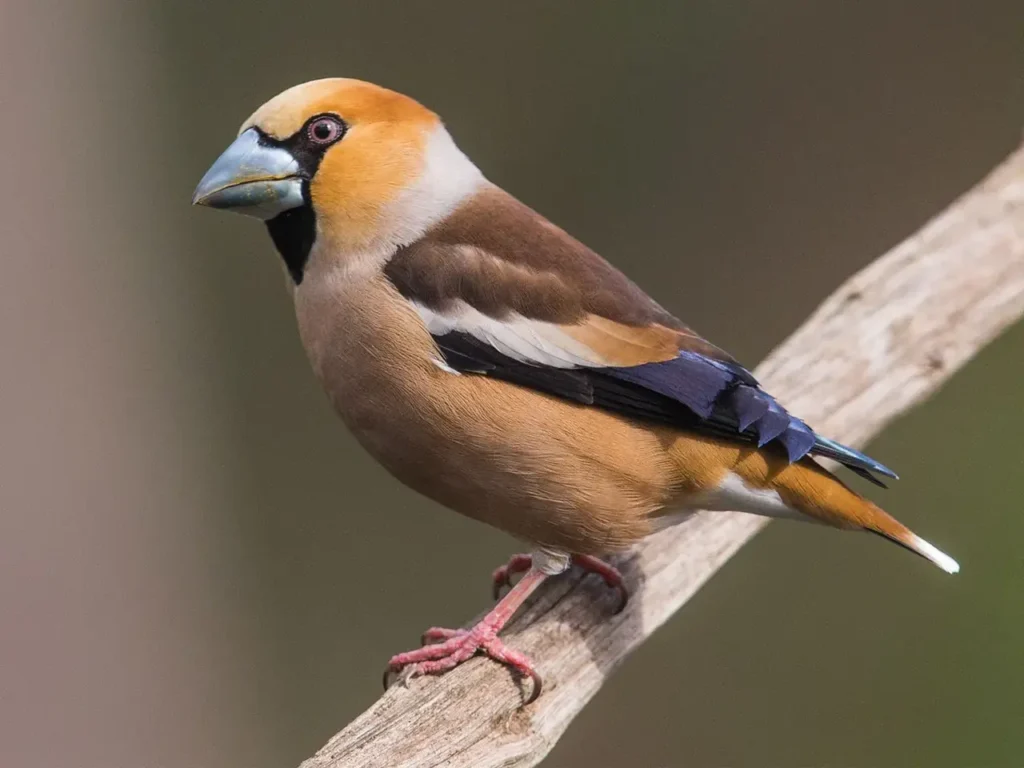
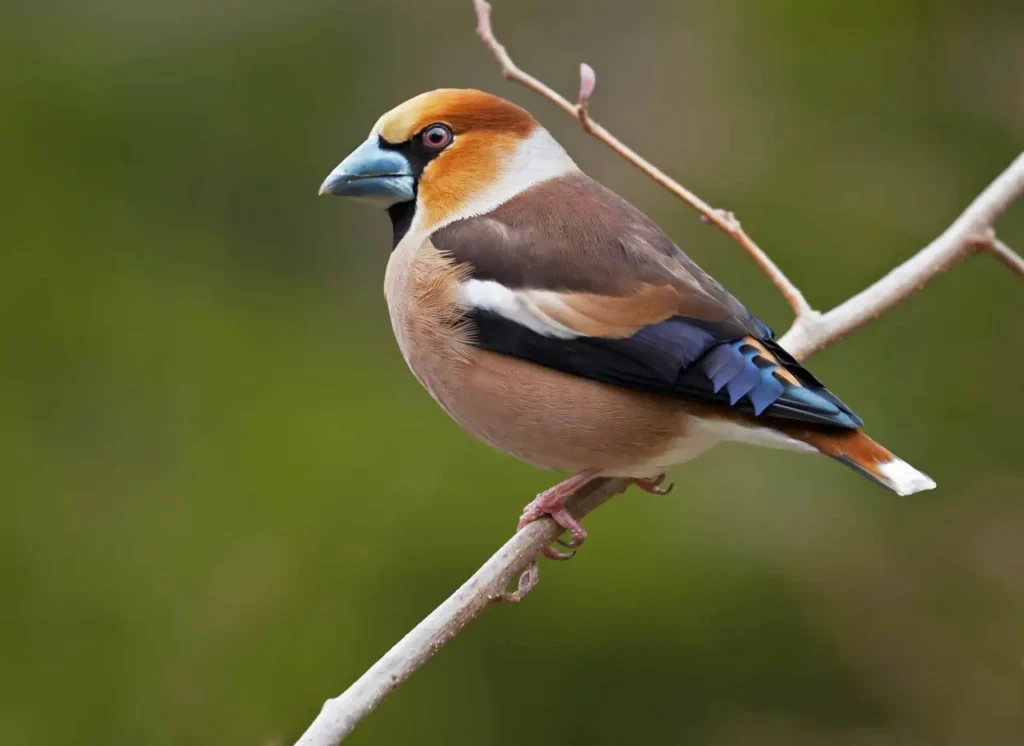


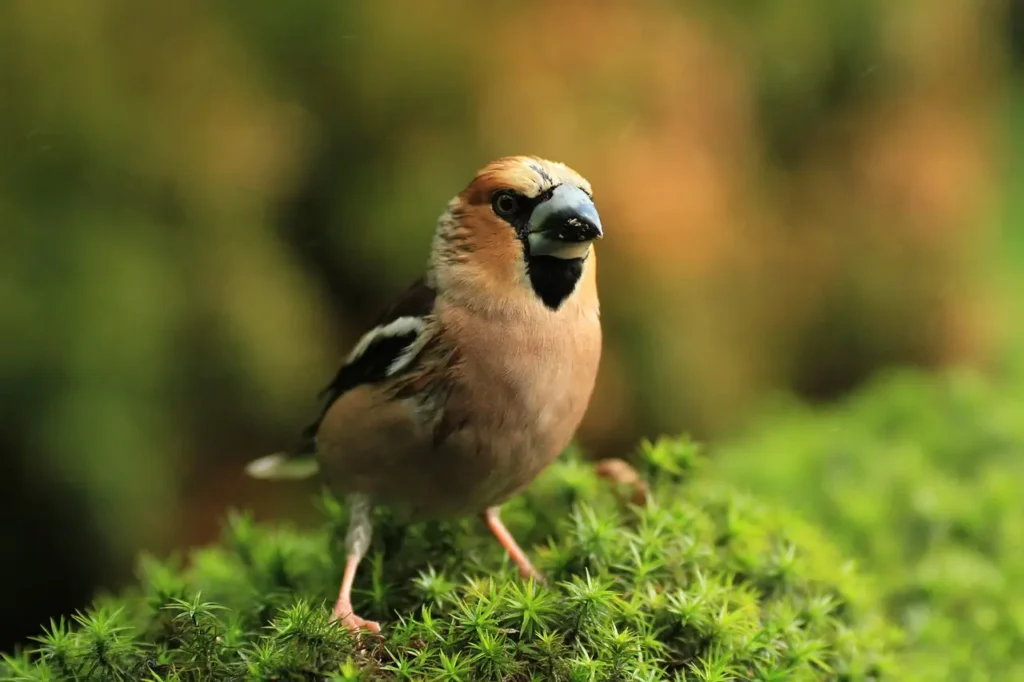
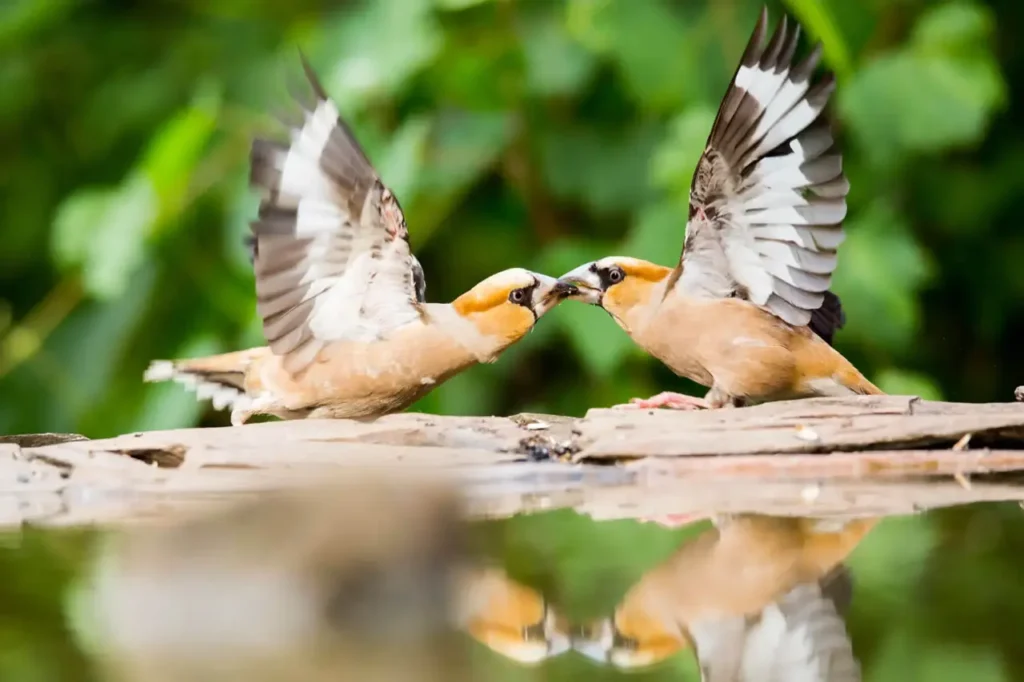
Appearance and Plumage
The Hawfinch is a medium-sized bird, characterized by its stout body, large head, and thick neck. Its most distinctive feature is its powerful and robust beak, which is adapted for cracking open hard nuts and seeds. The male and female Hawfinches share similar appearances, with the male displaying slightly brighter colors during the breeding season.
The plumage of the Hawfinch varies depending on the region and subspecies. Generally, the bird exhibits a mix of striking colors, including shades of brown, gray, and white. Its wings and tail feathers display a beautiful combination of black, white, and chestnut hues, adding to its allure.
Habitat and Distribution
Hawfinches are native to a wide range of woodlands and forested areas in Europe and parts of Asia. They are found across various countries, including the United Kingdom, France, Germany, Italy, Russia, China, and Japan, among others. These birds prefer deciduous and mixed woodlands with an abundance of mature trees, where they can find suitable nesting sites and food sources.
The Hawfinch is known for its secretive and often solitary behavior, which makes it a challenging bird to observe in the wild. It tends to stay high up in the canopy, foraging among the treetops, and is more easily heard than seen.
Diet and Foraging Behavior
The Hawfinch has a specialized diet primarily consisting of hard seeds, nuts, and fruit pits. Its powerful beak allows it to crack open tough shells, providing access to the nutritious kernel within. The bird is particularly fond of cherry pits, and its feeding habits have earned it the nickname “Cherry Finch” in some regions.
During the breeding season, Hawfinches also supplement their diet with insects and caterpillars to provide essential protein for their growing chicks.
Courtship and Breeding
Hawfinches typically breed in early spring when they perform elaborate courtship displays. The males engage in impressive flights, accompanied by calls and songs, to attract potential mates. Once a pair has formed, they build their nest together, often hidden high up in the branches of trees. The female lays a clutch of eggs, and both parents take turns incubating them.
Conservation and Protection
Although the Hawfinch is not considered globally threatened, its populations have experienced declines in some regions due to habitat loss and fragmentation. Conservation efforts focus on preserving mature woodlands and creating corridors to connect fragmented habitats, allowing the birds to move and forage more freely.
A Symbol of Strength and Grace
The Hawfinch stands as a symbol of strength and grace in the woodlands of Europe and Asia. Its robust build, powerful beak, and elegant plumage make it a captivating sight among the treetops. As we strive to protect and preserve their forest habitats, we ensure that future generations can continue to be enchanted by the bold and majestic presence of the Hawfinch—a true gem of the avian world.







